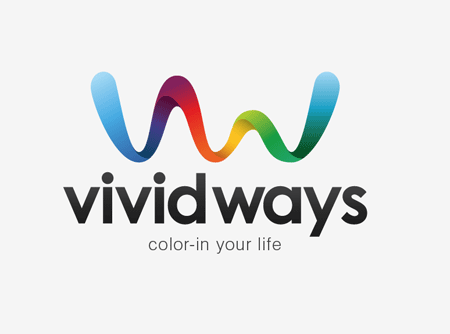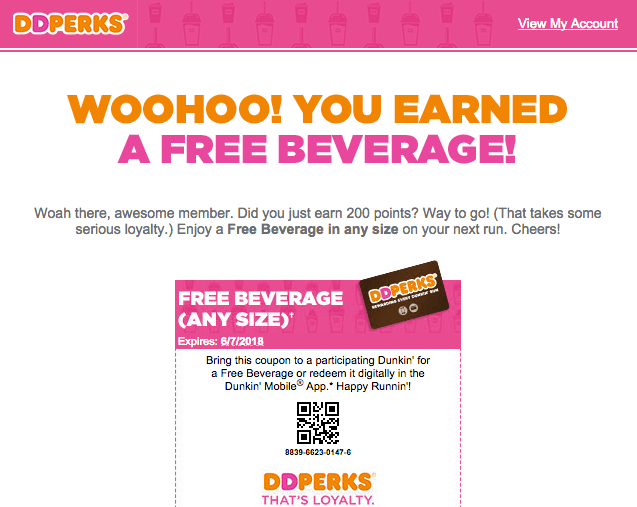Collaboration has undergone an enormous shift in the last few decades, going from buzzword to core business strategy component. Here are four ways it has fundamentally changed, and how organizations are using it to accelerate innovation at every turn.

Mounting data on the ROI of collaboration has turned it into a core element of business strategy, instead of the buzzword next to the smiling faces on the company’s “About Us” webpage.
Getty
It’s hard to pinpoint when collaboration became so buzzy. But like brainstorming, which was named and pioneered by Alex Osborn at the BBDO advertising agency in the 1950s, it’s a term that everyone uses but not everyone understands. Sometimes, when people talk about “collaboration,” they really mean “cooperation.” What’s the distinction? It’s the difference between “we work” and “me work.” You collaborate with a fellow musician to co-create and release a new song together. You cooperate with a city building inspector who needs to sign off on your construction permit. You need the permit and the inspector needs to approve it, but that’s where the sense of shared purpose ends.
In the work world, cooperation is usually about keeping everyone in their own swim lane and getting buy-in or approvals across teams and departments at the right time. But collaboration is about combining swim lanes. There might be team norms and processes involved, but good collaboration also allows for spontaneity and stepping outside of defined roles.
Although collaboration is as old as humanity, it’s undergone an enormous shift in the last few decades, ever since the CC line of an email killed off the interoffice memo. As I started to look back on the history of digital collaboration—Google launched real-time collaboration in online documents about 15 years ago—I noticed some fundamental changes. Here are four of them.
1. Most collaboration happens now in moments, not meetings.
Table of Contents
- 1 1. Most collaboration happens now in moments, not meetings.
- 2 2. Collaborators used to hunt down good data and information. Now it comes to them.
- 3 3. The best collaboration tools are a couple steps ahead of you.
- 4 4. Creating a culture of collaboration used to be HR speak. Now it’s a business strategy.
In my early work life, more than a decade ago, the structured meeting was the primary method for getting feedback and moving projects forward. I’d present my work, take notes, and walk away with a set of action items. Maybe I’d get some input over email in advance or after, but it was really the meeting where we took a deep dive as a team, discussed options, and picked our direction. With the rise of digital collaboration tools, the meeting is no longer the prime lever it once was. Instead, we can now run two parallel collaboration workstreams—one for real time decision-making and discussion, and one for asynchronous feedback.
When an independent consulting firm recently surveyed Google Workspace users about how they get work done, 92% said that real-time collaboration—writing documents and slides together, tracking a project in a chat room, or sharing feedback via chat and video—has become the default for their teams. It’s important to remember that not every channel and collaboration moment lends itself to real-time decision making. For example, I’ve been in meetings where 20 people are making minor edits and debating the font size on a presentation. Eventually the task is completed, but it’s not a good use of the time or channel. For collaboration to work well, you need an integrated set of tools that allow you to tailor your approach to the task at hand.
Meanwhile, asynchronous collaboration—people sharing feedback or ideas on a project at different times—has proven to be essential not only in distributed teams, but within local teams with differing schedules and work preferences. Posting comments and action items in documents for colleagues who work in other hemispheres or have childcare duties in the afternoons means that the speed of execution of a project is no longer dependent on aligning calendars. As many of us head into a hybrid mix of at-home and in-office work schedules, this kind of collaboration will play an even bigger role.
All of these collaboration moments have reduced the burden of having to coordinate meetings with big groups. By the time stakeholders review the project materials together in a virtual, physical, or hybrid meeting, much of the collaboration and alignment has already happened.
2. Collaborators used to hunt down good data and information. Now it comes to them.
In the early days of data warehousing, you could find useful data to inform the collaboration process, but it wasn’t easy. You could go stand in the cube of a database administrator and bribe them with their favorite pastry so they’d run the report you needed. Or you could induce a migraine by combing through a weekly or quarterly business report to find that one useful nugget of information.
Data is no longer just in the hands of data specialists. It’s embedded in the collaboration tools themselves.
Having the right data available at the right time delivers huge benefits. For example, maybe your customer-facing teams want insights from the full history of customer satisfaction scores, or access to real-time dashboards and alerts in order to improve the customer experience. Today’s tools can deliver data where and when it’s needed so you don’t have to wait weeks, days, or even minutes to get information.
We’re now in a situation where, with the right tools, collaboration can be fueled by data at key moments in the process. If you’re working in Google’s Connected Sheets, for example, you can access billions of rows of your company’s secure and current data without knowing the first thing about how to formulate a SQL query. Or maybe you’re connecting to a public dataset, like your city’s traffic data, to collaborate on establishing a new bike path. Suddenly, this data is no longer just in the hands of data specialists. It’s embedded in the collaboration tools themselves.
Related: Get the free ebook, “Data analytics decisions: Steps to building a modern data warehouse”
3. The best collaboration tools are a couple steps ahead of you.
Collaboration tools are also helping us to fill other information gaps—like those in our own memories. Collaboration only works when all the right people, conversations, and content are connected, and let’s face it—we aren’t perfect at remembering who needs to be included. Getting nudges to include a colleague’s email address on a meeting invite, or in a document comment, can help to keep the gears spinning (and also keep all the right people involved).
Furthermore, without Gmail nudging me to reply to older emails, I’ll admit that they would have just gone unanswered, irritating my colleagues. And with tools like Quick Access in Drive, which uses machine learning to intelligently predict the files I need before I’ve even typed anything, things are brought to my attention that may have slipped my mind (such as a document I should have reviewed a day ago).
Intelligent nudges and reminders such as these make me feel like I have a personal assistant who is trying to help me be better at my job and in the way I work with other people. As collaboration tools continue to evolve, we’ll see this kind of helpfulness infused in the process at every turn.
Related: Learn about new innovations in Google Workspace that will further empower all the ways work happens
4. Creating a culture of collaboration used to be HR speak. Now it’s a business strategy.
Our fascination with maximizing workplace productivity is nothing new—take, for example, the Hawthorne Studies conducted from 1928 to 1932 in Cicero, Illinois. But obviously, talking about collaboration and actually enabling it are two different things. Today, almost every corporate website includes some version of teamwork or collaboration in its mission statement. Nobody writes on a corporate website: “we are against teamwork.” But if these ideals aren’t backed up with the right tools and culture, they’re empty cliches.
When I meet with current and prospective Google customers, I often say that if they want to understand their culture, they should look at the tools their employees are using. If their tools are mired in the cooperation model (siloed, individual, discrete), instead of the collaboration model (cross-functional, collective, connected), then those companies are building or sustaining a culture of passing the baton, rather than one of collaboration. And it’s collaboration that sparks innovation and delivers tangible business value. It’s harder to do, but it pays off.
Today, almost every corporate website includes some version of teamwork or collaboration in its mission statement. Nobody writes on a corporate website: “we are against teamwork.” But if these ideals aren’t backed up with the right tools and culture, they’re empty cliches.
Research on the business impact of collaboration is growing rapidly. A Stanford study of 1,100 companies found that those organizations promoting collaboration among their employees were five times more likely to be high performing. Other research shows that businesses with a collaboration strategy were twice as likely to outgrow their competitors, while their collaborating employees saw gains in efficiency, quality of work, innovation, and overall job satisfaction.
This mounting data on the ROI of collaboration has turned it into a core element of business strategy, instead of the buzzword next to the smiling faces on the company’s About Us webpage. When organizations are assessing collaboration tools, they’re no longer just thinking about how to help their teams connect and break down silos across departments. They’re thinking about how to accelerate innovation by fueling collaboration in every moment.
Read this next: Today, we’re excited to announce how we’re transforming collaboration in Google Workspace.







